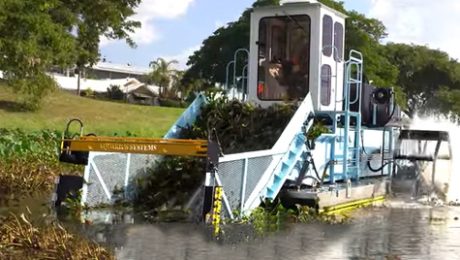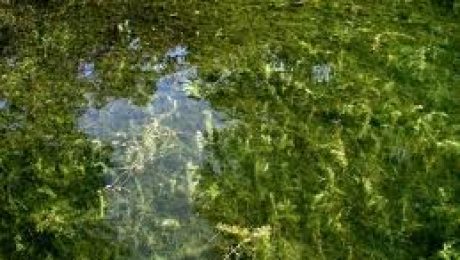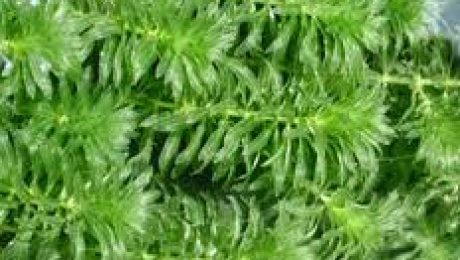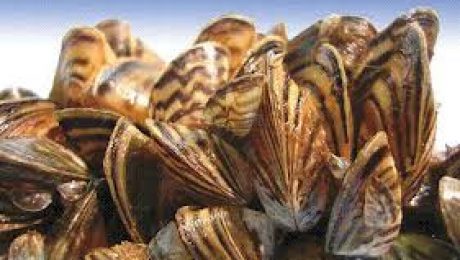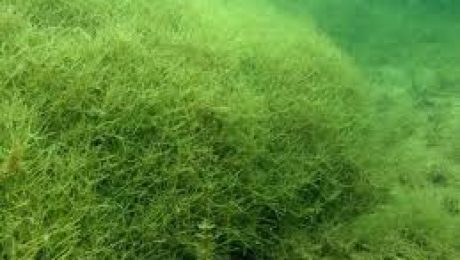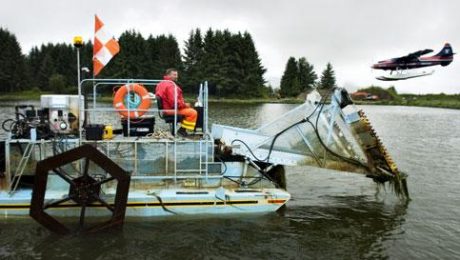Weeds on the Ross River have a new predator in town as Council launches its brand new 6.5 tonne weed harvester to combat invasive species in the waterway. The aquatic weed harvester arrived in Townsville, Queensland, Australia from Aquarius Systems in the United States to replace Council’s older retiring harvester. The new model includes stainless
A new study by the Wisconsin Department of Natural Resources has shown that ongoing efforts to prevent the spread of aquatic invasive species have been successful. The spread of aquatic invasive species has remained stable in the 1,000 Wisconsin lakes used in the study. Invasive species are still present in 75% of the lakes, but
Schroon Lake in New York is infested with curly leaf pondweed and milfoil, two invasive species. But lake advocates and state and local officials are working to keep other aquatic invasives out through a new boat washing station in Severance. Partners are working to keep Schroon Lake free of invasive species, though the lake is
In 2013, 6,000 sterile grass carp were introduced into Smith Mountain Lake, Virginia, to combat the growth of invasive aquatic vegetation such as hydrilla which has seen a massive growth around the lake. When hydrilla was first discovered at the lake in 2007, a patch of the aquatic weeds were just a few acres in
The Minnesota Department of Natural Resources is conducting an immediate response to the capture of 51 invasive carp on the Mississippi River. The invasive carp were caught by two commercial fishing operators near La Crosse and Trempealeau, Wisconsin, during routine spring netting in March. When the commercial fishing operator operating near La Crosse saw what
The Massachusetts Department of Conservation and Recreation is aiming to reduce invasive plant species in Lake Whitehall in a plan that calls for herbicides and mechanical harvesting. The reservoir has extensive growth of “exotic nuisance aquatic vegetation,” including fanwort and variable-leaf milfoil, according to a report by ESS Group, a firmed hired by the state.
Not even a historic week of freezing temperatures and record-setting snowfall last month could mitigate some of the toughest and most threatening invasive species known to central Texas, biologists from the Texas Parks and Wildlife Department say. While many of native Texas wildlife were injured or killed by the winter weather, some invasive critters such
Trapa natans is native to Western Europe and Africa and northeast Asia, including eastern Russia, China, and southeast Asia to Indonesia. Trapa natans was first introduced to North America in the mid- to late-1870s, when it is known to have been introduced into the Cambridge botanical garden at Harvard University around 1877. A decade later
Starry stonewort was first discovered in Minnesota waters in Lake Koronis in 2015. It’s now found in 19 Minnesota waterbodies. Lake Koronis is helping researchers understand how a changing climate may influence this invasive and how we can better manage it. Overall, the research showed year-to-year variability in the total biomass of starry stonewort. There
Keeping aquatic invasive species out of Montana bodies of water, specifically invasive mussels, is very important to protecting the native fish and plant species in the area. Researchers said cleaning, draining and drying boats is nearly 100% effective at keeping AIS out of Montana. That is why boat inspections are required in the state. Seaplanes
- 1
- 2

